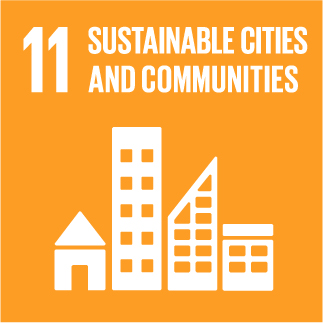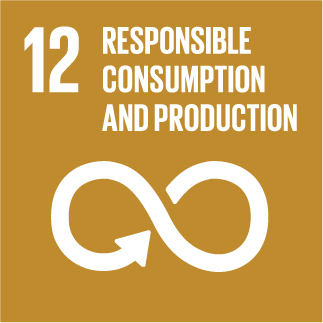Integrated manufacturing of REciclable multi-material COmposites for the TRANSport sector
Numerical Model and Experimental Validation of Composite Metal Foam in Protecting Carbon Steel Against Puncture
The puncture prevention and energy absorption performance of composite metal foam (CMF) are studied experimentally and numerically for hazardous materials transportation protection. The numerical model implementing air within the CMF (nonhomogeneous model using fluid cavity technique) predicts puncture more accurately compared to the homogeneous CMF model. The models validate experimental results predicting minimum CMF thickness required to prevent puncture in each impact velocity.Puncture testing on carbon steel plates is performed at varying velocities with and without composite metal foam (CMF) buffer panel using numerical and experimental approaches. CMF is a lightweight material made with airtight hollow spheres embedded inside metallic matrix. In this study, three numerical modeling approaches are utilized for CMF panel located between puncture head and carbon steel plate. First, homogeneous CMF framework is utilized without entrapped air in model. The nonhomogeneous CMF framework is then extended, but leads to nonconclusive results due to extra?ordinary resources required owing to the size and complexity of CMF. Finally, a new nonhomogeneous numerical model is developed to incorporate air using fluid cavity to reduce computation time while maintaining accuracy. The specific energy absorbed via CMF panel in experimental approach compared to that of fluid cavity model and carbon steel plate model are 28.14, 32.57, and 0.60?J?g?1, respectively. This study validates the applicability of fluid cavity model to accurately predict the performance of complex CMF under puncture against experimental testing. Higher energy absorption associated with CMF underscores its significance in preventing puncture in carbon steel plate. It is concluded that lightweight steel CMF can absorb puncture and impact energies more efficiently than heavy solid steel.

» Author: Aman Kaushik, Afsaneh Rabiei
» Publication Date: 04/11/2025

This project has received funding from the European Union's Horizon 2020 research and innovation programme under grant agreement Nº 768737


